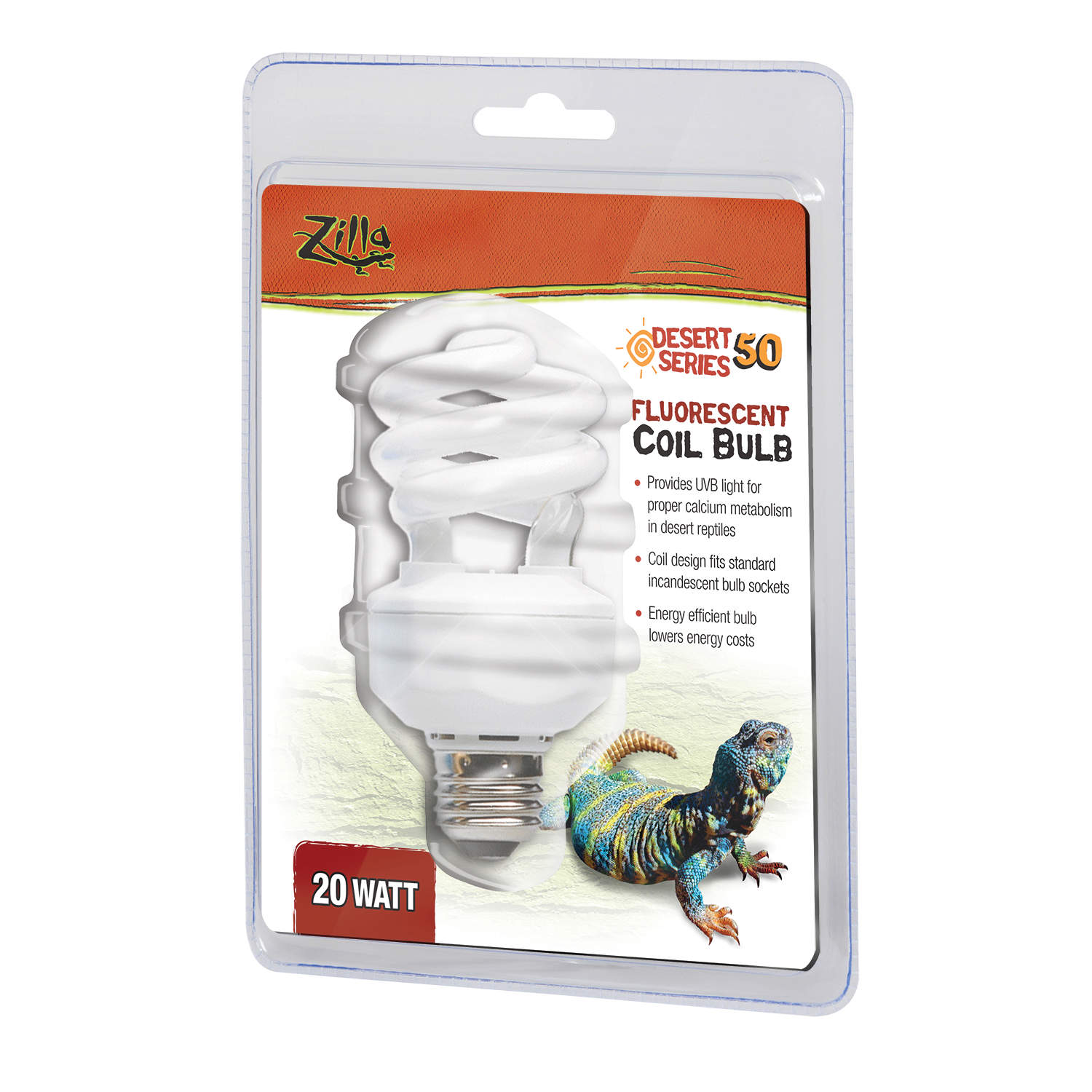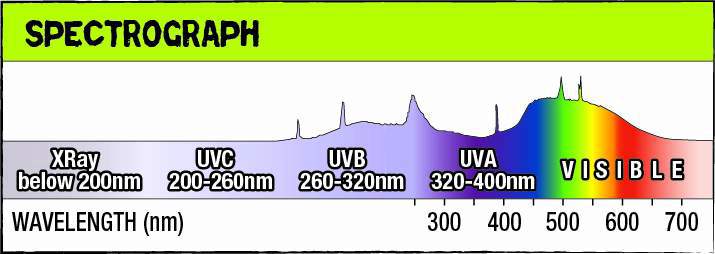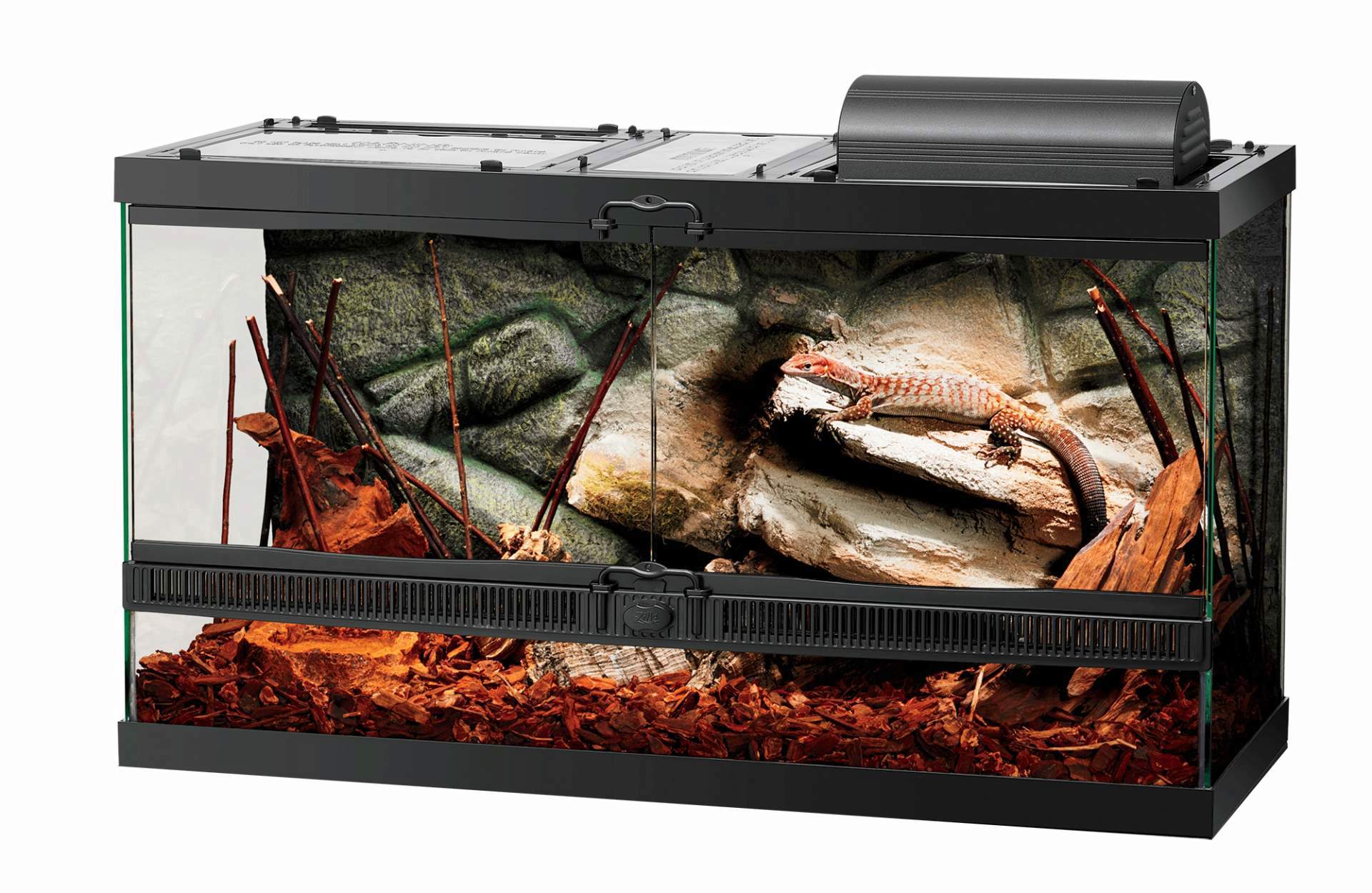Understanding UVA, UVB, and UVC Reptile Lighting

Why is Lighting Important for Your Reptile?
Lighting and heating is important for all living creatures, both physically and psychologically. The daily agenda for reptiles and other living things is at least partially dictated by the sun. Sunlight not only helps you feel warm and happy, it also provides necessary vitamins. This holds true for your favorite pets. A bearded dragon, for example, doesn’t have an adorable little clock in the terrarium to keep it on schedule, he or she relies on lighting to help stay on track. Light and heat dictate the circadian rhythm, which helps your pet know when to eat and when to sleep. Without a proper circadian rhythm, your pet will experience increased stress and their body will respond negatively.
Luckily, this is an easy problem to avoid. Providing proper heating and lighting for your pet is as important as providing food and water. Choosing the correct bulbs and fixtures may seem overwhelming but with our helpful tips, you can find the right option for your pet.
Understand Lighting
Reptiles and amphibians need both UVB and UVA light to live healthy lifestyles. These are both types of ultraviolet (and UV) light. Each type of light has a different role to play in keeping your pet happy and healthy. The UV spectrum is broken up into three parts: UVA, UVB and UVC. All three of these types of light are found in natural sunlight.
• UVA light helps regulate behaviors such as feeding, diurnal movement, mating and similar activities.
• UVB light allows the synthesis of vitamin D3, which helps to absorb calcium.
• UVC light is not required for reptiles, but it can help kill bacteria. It’s important to note that at high levels of exposure this light can be harmful to most animals.
UV wavelengths are filtered by glass and plastic, so to get the most out of your bulbs be sure they have direct exposure to the habitat. Over time UV output will diminish. We recommend replacing your fluorescent bulbs every 3,500 hours or around 12 months.

How to Choose the Right Lighting/Heat Fixture for Your Terrarium
There are bulbs that provide heat, bulbs that provide light, and bulbs that provide both. If you have a pet that requires higher amounts of UVB light (such as a turtle, tortoise, bearded dragon, iguana, chameleon, etc.) then you need a specific UVB bulb. All reptiles and amphibians, however, benefit from UVB and it should be provided. There are lower output UVB bulbs available. Make sure that UVB bulbs are used during the day and turned off during the night to mimic daytime and nighttime. Every type of reptile or amphibian has slightly different needs but a general rule of thumb is to keep the UVB light/heat source on for 12 hours and off for 12 hours, a programmable power center can manage the time rotation. When this light is off there should still be a nighttime heat source so your pet can remain comfortable while they rest. The best bulbs to use for nighttime heat are black or red bulbs, a heat mat, or a ceramic heat emitter which do not give off bright light.
Each reptile has his or her own specific needs, and it’s up to you to help them meet those needs. It’s best to research types of lighting and heating that fit the particular terrarium you’d like to build. To help with the process we have a Lighting & Heating Guide and a Habitat Guide which lists various heating, lighting and humidity requirements for 35 common pet reptiles.
Do you have more questions related to creating the best habitat for your reptile or amphibian? Visit our FAQs page or contact us and we will do what we can to be sure you and your pet have a long and happy life together.

Asking questions is the best way to learn how to create the best habitat for your reptile or amphibian. Whether you are a novice or expert, there is always more to discover. Over time you can find more ways to improve your terrarium and give your pet a home in which he or she will thrive. Here are a few places to start.
1. What is your pet’s natural habitat?
To build the best home for your pet you need to know as much as possible about where they originate. Recreating their natural environment will help them feel comfortable and help them ease into their natural habits. Does your pet originate from a tropical or desert environment? What’s the humidity like? Are there a lot of rocks? Sand? These questions will help you with every aspect of your terrarium, lighting or otherwise.
2. How big is your terrarium?
Different bulbs give off various ranges and levels of heat and light. You want to create a balance in your pet’s home, as too much of anything could be harmful to your reptile or amphibian.
3. Should you factor in a day/night cycle?
All animals need a day/night cycle to keep a healthy circadian rhythm. This rhythm keeps sleep cycles and hormone release in check. To learn about how to create a proper day/night cycle in your reptile terrarium, check out this blog for more information.
Please join our newsletter, connect with us on Facebook or contact us for more information.
